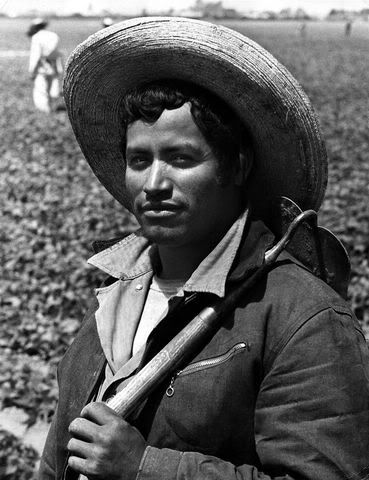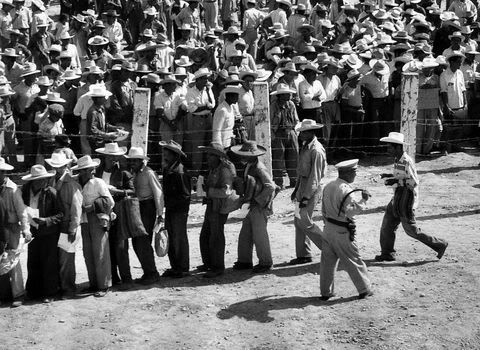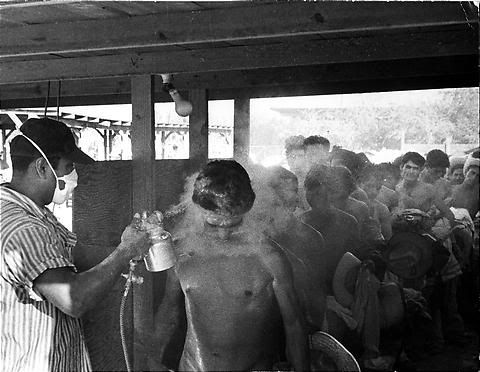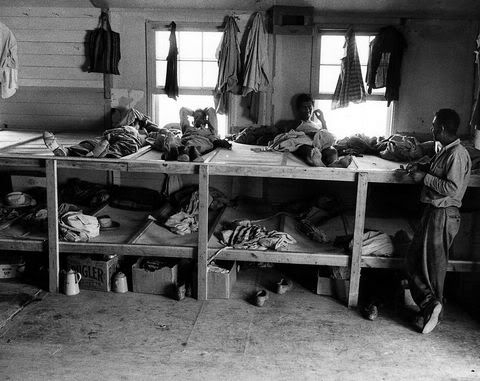"I do not believe that the people of the United States are going to take people who have been here a quarter century, who have children and grandchildren, who are members of the community, who may have done something 25 years ago, separate them from their families, and expel them," Gingrich said during a GOP presidential debate on CNN last week. "And I'm prepared to take the heat for saying let's be humane in enforcing the law without giving them citizenship, but by finding a way to create legality so that they are not separated from their families."
Gingrich then went on to lay out what amounts to a 3-point plan for immigration reform.
First of all, he emphasized that nothing else happens until we "secure the border." As I've said before, this amounts to supporting the status quo in perpetuity since no border in the history of nations has ever been completely secure.
Secondly, he made news with his proposal in the quote above. While it is certainly an improvement over what the other candidates are saying, its a far cry from compassionate. Notice that he doesn't want to grant the people he's talking about citizenship. So they would continue to be denied the right to vote and benefit from the taxes they would be required to pay...leaving then in a second-class status.
In addition, a recent Pew Research study found that, given Gingrich's standards, this leniency would apply to 3.5 million of the 10.2 million undocumented workers currently in the U.S. As for the remaining 6.7 million - he didn't say. But you do have to wonder if he imagines storm troopers going around the country to round them up and send them home.
The third part of Gingrich's proposal has received precious little attention. He's referred several times to the proposal put forward by the Krieble Foundation which they call the Red Card Solution.
The plan would allow U.S companies to go into foreign countries and recruit temporary labor. Workers would be issued a "red card" that would allow them to be "tracked." When their work is completed, they would be expected to return to their home country - with no special status when it comes to legal immigration.
What these folks seem to have forgotten is that we tried this idea already in the U.S. from 1942-1964. It was called the Bracero Program. First of all, the program did not stop illegal immigration. As a matter of fact, some people suggest that it caused an increase.
But take a look at this description from a participant and think about whether or not it reminds you of an earlier stain on our country's history.
Once we got there, they'd send us in groups of two hundred, as naked as we came into the world, into a big room about sixty feet square. Then men would come in masks, with tanks on their backs, and they'd fumigate us from top to bottom. Supposedly we were flea-bitten and germ-ridden.
Then they'd send us into a huge bunk house, where the contractors would come from the growers associations in counties like San Joaquin, Yolo, Sacramento, and Fresno. The heads of the associations would line us up. When they saw someone they didn't like, they'd say, 'You, no.' Others, they'd say, 'You, stay.' They didn't want old people -- just young, strong ones. And I was young, so I never had problems getting chosen.
While the original agreement on this program with the Mexican government included rules that required farmers to provide these workers with adequate pay, housing, food, and medical care, the requirements were never thoroughly enforced and were actually dropped within a year of signing the agreement.
The Bracero program (1942 through 1964) allowed Mexican nationals to take temporary agricultural work in the United States. Over the program’s 22-year life, more than 4.5 million Mexican nationals were legally contracted for work in the United States (some individuals returned several times on different contracts). Mexican peasants, desperate for cash work, were willing to take jobs at wages scorned by most Americans. The Braceros’ presence had a significant effect on the business of farming and the culture of the United States. The Bracero program fed the circular migration patterns of Mexicans into the U.S.
Several groups concerned over the exploitation of Bracero workers tried to repeal the program. The Fund for the Republic supported Ernesto Galarza’s documentation of the social costs of the Bracero program. Unhappy with the lackluster public response to his report, Strangers in Our Fields, the fund hired magazine photographer Leonard Nadel to produce a glossy picture-story exposé. Presented here is a selection of Nadel’s photographs of Bracero workers taken in 1956.




Let's learn from our history folks and recognize that all of these programs have one thing in common: they are simply ways to exploit the labor of black and brown people that started with slavery in this country. Nothing short of decent pay for a decent day's work and full citizenship will stop that trend.




Smarypants - - - BRILLIANT ANALYSIS.! :>) Bless U. :>) - - -GreenLadyHere.:>)
ReplyDelete